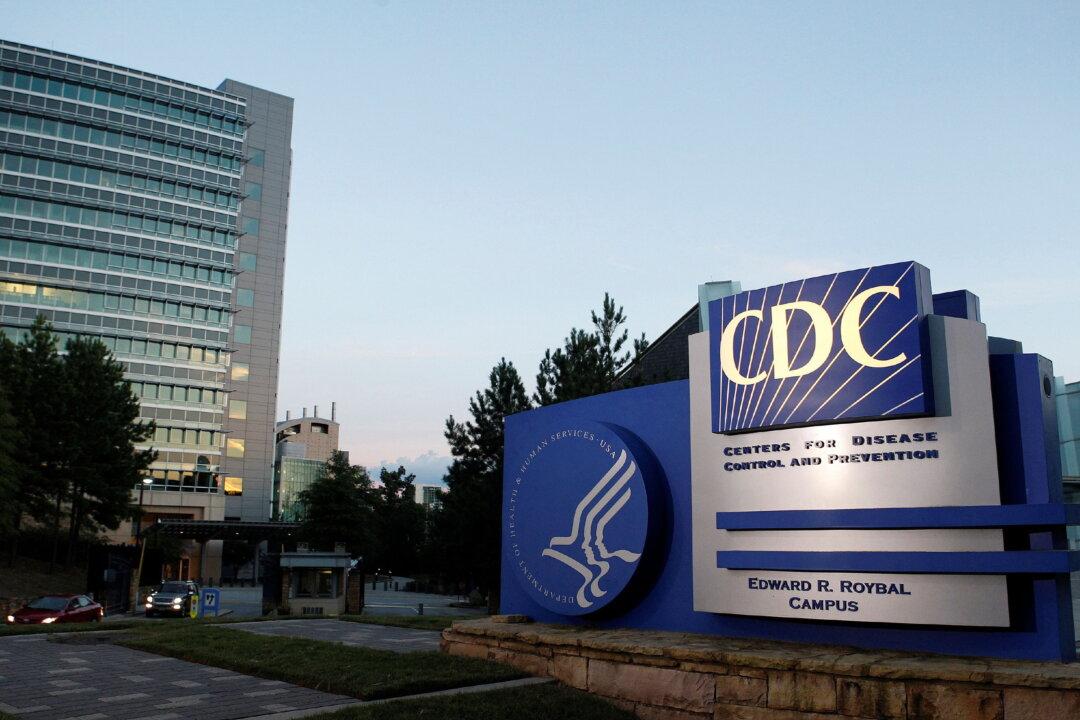The Centers for Disease Control and Prevention (CDC) updated its guidance for investigating probable COVID-19 reinfections in response to reports of people becoming reinfected and to support public health investigations.
The protocol requires the initial infection to be confirmed along with a “virus detection across two distinct time periods with genetic sequencing data” to be considered a true reinfection and not from persistent virus shedding.






